More than 1 million computers running Microsoft Windows have been infected by the Dorkbot botnet. Here is what you need to know about this threat so that you can keep your company’s online account credentials safe.
The U.S. Computer Emergency Readiness Team (US-CERT) — a division within the U.S. Department of Homeland Security — issued a security alert about Dorkbot in December 2015. This botnet has infected more than 1 million computers running Microsoft Windows in over 190 countries, according to Microsoft. A botnet consists of a large number of computers and other devices under a cybercriminal’s control. Cybercriminals use botnets for a variety of nefarious reasons. By learning what cybercriminals hope to accomplish with Dorkbot and how Dorkbot infiltrates computers, you can better understand how to protect your computer from this threat.
What Cybercriminals Hope to Accomplish with Dorkbot
Cybercriminals are mainly using Dorkbot to steal online account credentials and other types of private information. This is possible because Dorkbot monitors and intercepts communications between web browsers and various websites.
In an effort to keep the infected computers under their control, cybercriminals sometimes instruct Dorkbot to block access to certain security software websites. That way, the computers will not receive any anti-malware definitions that might rid them of the infection. Some cybercriminals also have Dorkbot install additional malware on victims’ computers.
Cybercriminals even use Dorkbot-infected computers in denial-of-service (DoS) attacks. These attacks prevent people from accessing a service by overwhelming it with service requests.
How Dorkbot Infiltrates Computers
Dorkbot can be spread multiple ways. One method uses phishing emails that try to get the recipients to click a link that will lead to a Dorkbot infection.
Another method uses drive-by downloads, which exploit known vulnerabilities in web browsers, plug-ins, and other components that work within browsers. Cybercriminals create exploit kits that infect computers with Dorkbot through these vulnerabilities. They place the kits on websites they build or legitimate websites they hack into. If computers connecting to these websites have not received the patch that fixes the exploited vulnerability, Dorkbot will be automatically installed on those computers without the users knowing about it.
After Dorkbot infects a computer, it automatically tries to spread to other machines. One way it does this is through social engineering attacks. For example, Dorkbot might send instant messages to the Skype contacts listed in an infected computer. The messages usually try to trick them into clicking a link that will download Dorkbot onto their computers. Similarly, Dorkbot might carry out social engineering attacks through social networks such as Facebook and Twitter.
A further way Dorkbot tries to spread to other machines is through removable drives, such as USB drives. If users of Dorkbot-infected computers plug a removable device into their computers, Dorkbot copies itself to the device. When the device is plugged into a different computer, Dorkbot will automatically spread to that computer. Fortunately, this method is not very effective anymore due to changes in how the Autorun feature in Windows works, according to Microsoft.
How to Protect Your Computer from Dorkbot
To help protect your computer from Dorkbot and other malware, follow these recommendations:
- Use anti-malware software. Anti-malware software providers regularly update their product to protect computers from the most current threats.
- Install software updates promptly, such as those for Windows and web browsers. If you keep your operating system, web browser, and other software up to date, cybercriminals will not be able to install malware like Dorkbot through known vulnerabilities.
- Be cautious when you receive instant messages, social media messages, and emails that contain links, even if they are from a trusted source. If possible, verify that your contact actually sent you the link before you click it.
- Do not download software from websites other than the software developer’s website if possible. The software might have been modified so that it infects your computer with Dorkbot or other malware.
If you want to make sure that your computer is not infected with Dorkbot, ensure your anti-malware software is active and up-to-date. If your computer was infected, be sure to change your online account passwords immediately, as they might have been compromised.
]]>
http://archives.infostructures.com/a/the-right-and-wrong-ways-to-get-rid-of-old-computers http://archives.infostructures.com/a/the-right-and-wrong-ways-to-get-rid-of-old-computers
Wed, 20 Jan 2016 07:00:32 -0500
<
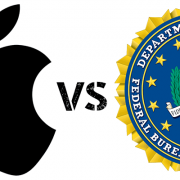

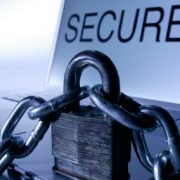

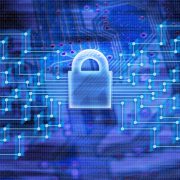
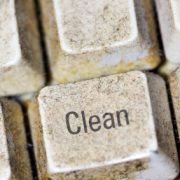



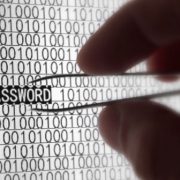
 Directions to InfoStructures
Directions to InfoStructures
